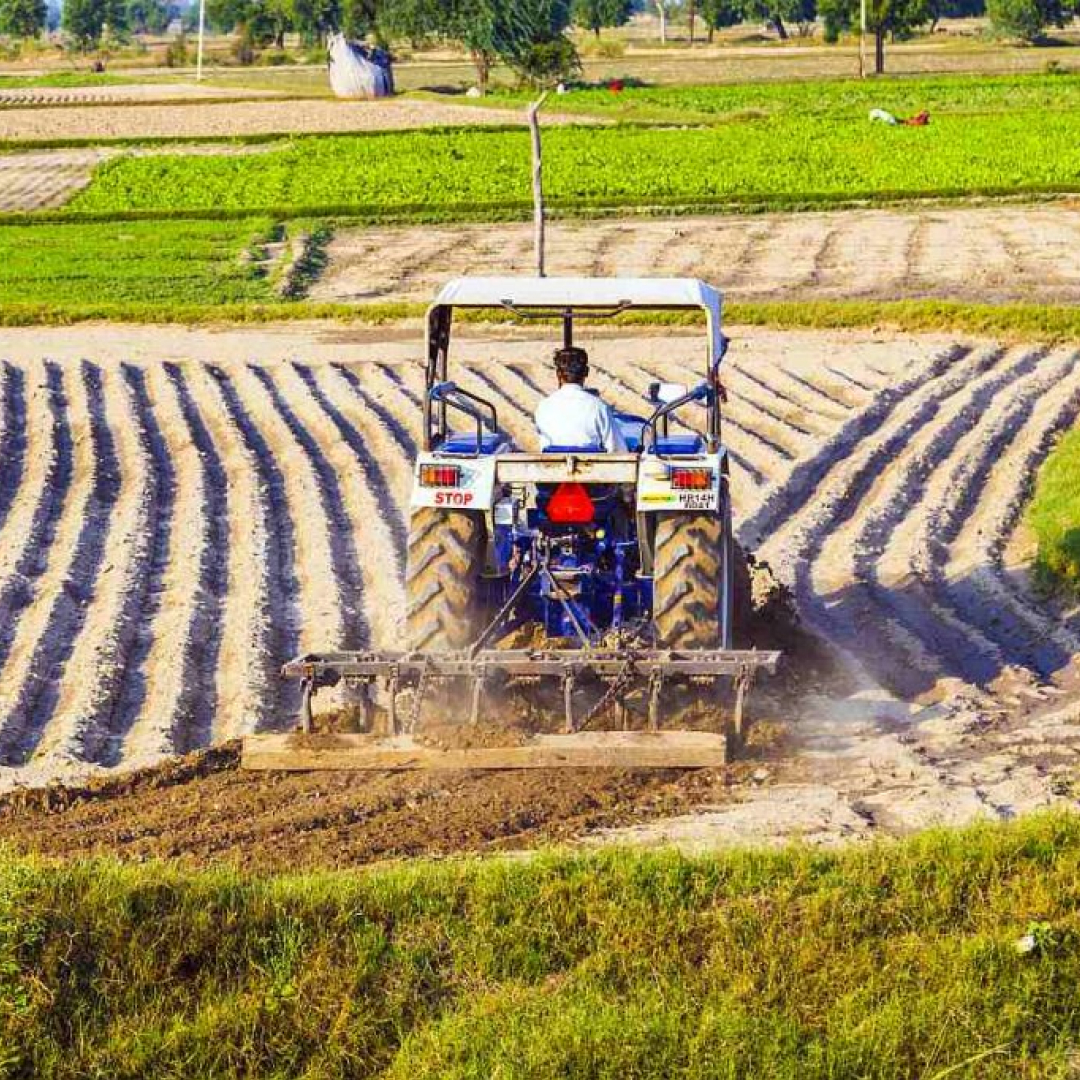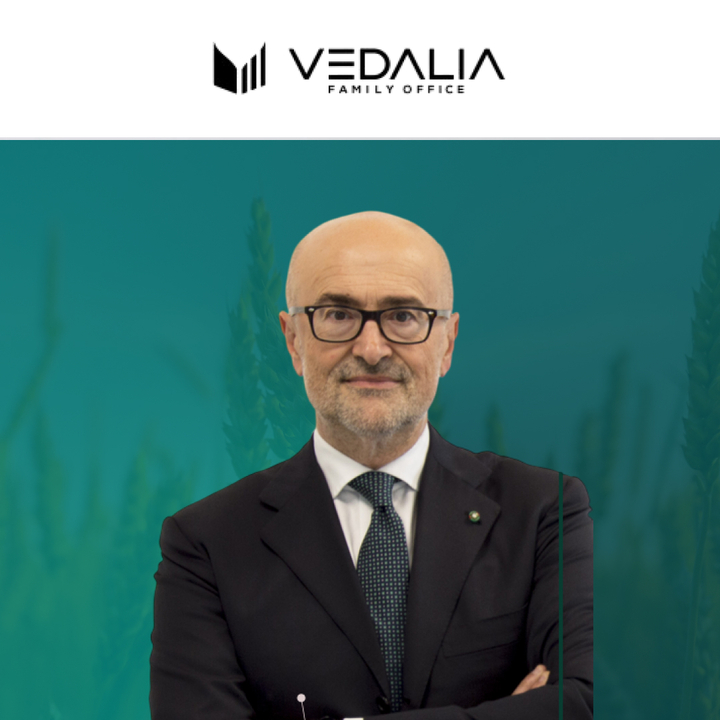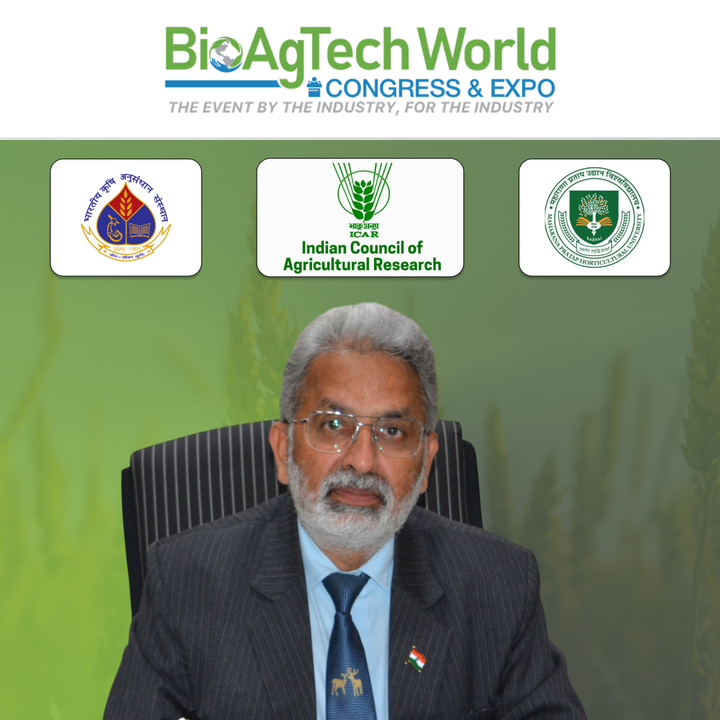
In a world grappling with environmental challenges and the need for sustainable food production, the transition to sustainable agriculture has become an urgent imperative. To address the growing demand for food, while mitigating the adverse effects of conventional farming practices on our planet, it is essential to explore innovative solutions. This article outlines seven key strategies that can expedite the shift towards sustainable agriculture, offering a roadmap to a more environmentally responsible and resilient food system. These approaches not only promise to reduce the ecological footprint of agriculture but also pave the way for a more food-secure and ecologically balanced future.
The agricultural sector plays a critical role in the global economy. It provides employment for a significant proportion of the world’s workforce and contributes to the GDP of many countries. However, conventional farming practices, such as intensive use of synthetic fertilizers and pesticides, monoculture and large-scale industrial farming, have negatively impacted the environment, public health and food security worldwide.Sustainable agriculture offers a viable solution to these challenges. It provides a pathway towards a more resilient, equitable and environmentally sustainable food system that benefits everyone on Earth. Sustainable agriculture is more important now than ever before. Climate change is causing erratic weather patterns, increased soil degradation and declining groundwater levels, making it harder for farmers to produce enough food to feed a growing population.At the same time, conventional agriculture practices are exacerbating these problems, contributing to soil erosion, loss of biodiversity and pollution of water resources.
Advancing sustainable agriculture
According to the Food and Agriculture Organization of the United Nations (FAO), unsustainable agricultural practices are responsible for 70% of global freshwater withdrawals and 80% of deforestation worldwide. To address these issues, there is an urgent need to accelerate the transition to sustainable agriculture practices globally. This can be done by:
Regenerative agriculture focuses on building soil health, enhancing biodiversity and increasing the capacity of ecosystems to sequester carbon. This approach involves practices, such as conservation tillage, cover cropping, crop rotation, intercropping and agroforestry. By incorporating these practices into their farming systems, farmers can improve soil fertility, increase yields and reduce greenhouse gas emissions. According to a study published in Nature Sustainability, agroecological farming practices can reduce nitrogen leaching by 21% and improve soil quality compared to conventional farming practices.
IPM involves the use of multiple strategies to manage pests, diseases and weeds in a way that minimises harm to human health and the environment. These strategies may include biological controls, crop rotation, the use of resistant varieties and cultural practices. IPM can reduce pesticide use, improve crop yields and protect natural ecosystems.
Agroforestry involves the integration of trees and shrubs into agricultural landscapes. This approach can enhance soil fertility, reduce erosion, increase biodiversity and provide additional income streams for farmers through the production of timber, fruits and other non-timber forest products. According to a report by the World Agroforestry Centre, agroforestry has the potential to increase the productivity of degraded lands in India by up to three times, while sequestering carbon in the soil and biomass.
Climate change is expected to increase the frequency and intensity of extreme weather events, such as droughts, floods and storms, affecting food production and livelihoods. To reduce vulnerability to these impacts, farmers can adopt climate-smart practices, such as rainwater harvesting, crop diversification and the use of drought-resistant varieties. By building resilience to climate change, farmers can improve their adaptive capacity, reduce risks and safeguard their livelihoods.
Circular agriculture is a closed-loop system that aims to reduce waste, recycle nutrients and regenerate natural resources. This can be achieved through practices such as composting, cover cropping and integrated livestock-crop systems. By adopting circular agriculture practices, farmers can reduce their reliance on external inputs, such as synthetic fertilizers and pesticides, while improving soil health and reducing waste. For example, in Andhra Pradesh, the Zero Budget Natural Farming (ZBNF) programme promotes circular agriculture practices, such as intercropping, mulching and vermicomposting, which have resulted in increased yields, improved soil fertility and reduced costs for farmers.
Digital agriculture solutions, such as precision farming technologies, farm management software and supply chain management tools, can help farmers to improve efficiency, reduce waste and increase profitability. Precision agricultural technologies, such as drones, sensors and satellite imagery, can provide farmers with real-time data on soil moisture, nutrient levels and crop health, enabling them to optimize inputs and reduce costs. Supply chain management tools, such as blockchain, can help to increase transparency, traceability and accountability in the food supply chain, ensuring that farmers receive fair prices for their produce.
Innovative agri-technologies, such as weather forecasting, remote sensing and predictive analytics, help farmers to anticipate weather patterns, pests and diseases and market demand, enabling them to make informed decisions and reduce risks. The India Meteorological Department, for example, provides weather forecasts and advisories to farmers through mobile apps, text messages and other channels, helping them to plan their planting and harvesting activities.






